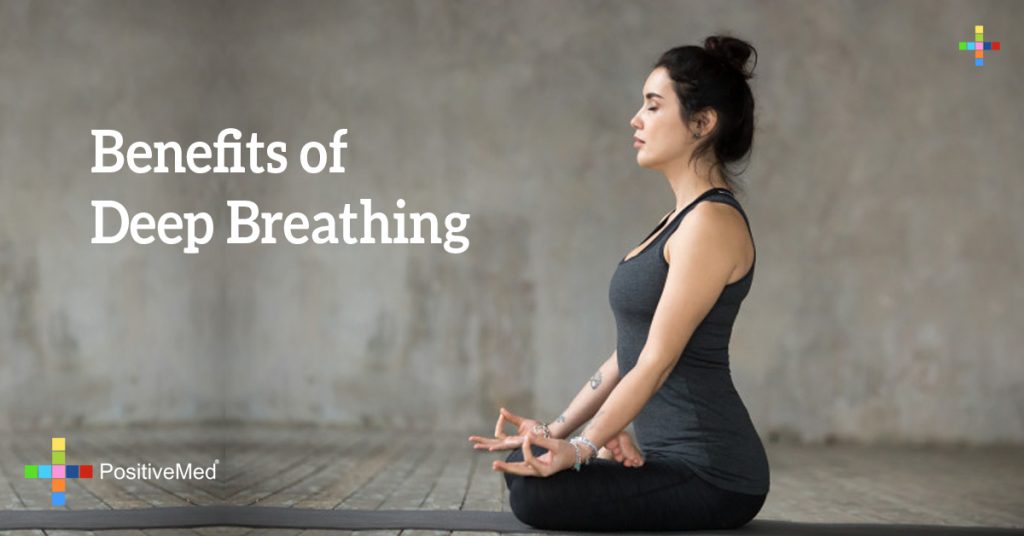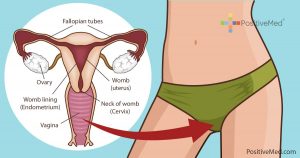
By: Andres Carvajal
Edited By: Stephanie Dawson
Deep and slow breathing techniques are commonly used in the treatment of a variety of disorders, conditions, and symptoms. Psychological, medical, and health care specialists have integrated varied yogic and breathing techniques evolved into relaxation exercises as a daily routine or integrated into treatments because of the effectiveness of slow, deep breathing for anxious, depressive, or pain disorders. Disciplines such as Yoga, Tai-chi, and Gi-jong integrate breathing techniques as the core of any relaxation exercise.
The importance of breathing well
Most of us are bad breathers, its not deep enough, and we have a tendency to hold our breath in stressful situations. The result of holding the breath is elevated tension. When people become aware of how they breathe they can see how often they hold and inhibit their own respiration.

Inadequate patterns of breathing lead to anxiety, irritability and tension. These symptoms are the base for agoraphobia, claustrophobia, and other anxiety disorders. With claustrophobia people feel that unable to get enough air in closed spaces, while the agoraphobic is afraid of open spaces because it stimulates their breathing. Every breathing difficulty can create anxiety, if this difficulty is severe it can lead to panic or terror.
Why do so many people have difficulties breathing and living easily? Breathing can create feelings and emotions and many people are afraid of feeling. We often get scared when we feel sadness, anger, or fear. As children we may have held our breath to avoid crying, or feeling something uncomfortable, or to stop us from crying. The effect of repressing your feelings is to limit and reduce breathing. As adults we often inhibit our breathing to keep these feelings repressed. We learn by continuous exposure how to breathe in tense and stressful events, often short and spasmodic breaths which do not let oxygen flow through your body.
How to Breathe Deeply
If you are not used to slow, deep breathing you can first try lying flat or sitting in a comfortable position on a couch. You can use a pillow under your knees, or bend the knees at 90 degrees. Place your right hand just below your ribcage and your left hand over your chest. In this position you will feel how the air passes from the diaphragm to your chest.
After placing your hands correctly start breathing through your nose, inhaling and exhaling. When you inhale, first fill your stomach with air, like inflating a balloon, then fill the upper part of your chest. The hand that is situated on your upper chest remains still while the hand over your diaphragm will be constantly in motion, inflating and deflating. When exhaling first expel the air from the upper chest and then deflate the stomach, very slowly and naturally.

Focus on your breath, slow and deep. You can count 5 seconds while inhaling and another 5 seconds exhaling, or you can try different combinations, 5 for inhaling, and 10 for exhaling. It is always recommended to exhale more than you inhale, letting go more, relaxing, and gaining conscience of proper breathing.
You can do this two times per day for 5-10 minutes. There are many other techniques, more advanced, or for specific purposes like heating the body, detoxifying the body, or getting into sleep relaxation states. Stay aware, like in any other technique there are some precautions that should be taken, especially with the risk of hyperventilating. If you feel any dizziness or lack of air just focus on breathing normally.
Healthy and normal breathing involves the whole body. The inspiration begins with a movement towards the outside of the abdomen, while the diaphragm gets shorter and the abdominal muscles relax.

There is an expansion wave that goes up until it hits the thorax. This pattern is not interrupted halfway like in disturbed breathing. Expiration is a movement of letting go and then going down with a contraction to the pelvis. It produces a flow of sensation that will end near your genitals. When we breathe correctly the anterior part of our body moves in a wave-like motion. This kind of breathing can be easily seen in children and animals whose emotions are not blocked, it involves the whole body, any tension in any body part will disrupt this movement.
The head is also involved in the breathing process. Along with the throat, they sucking air in that transports oxygen to the lungs. If the throat shortens this absorption is reduced. When the air is not absorbed well, breathing is not deep at all. In toddlers, any perturbation in the sucking reflex affects their breathing. The relationship between sucking and breathing can be seen clearly in the act of smoking. There is a temporary feeling of satisfaction when the smoke gets into the throat and the lungs, the person feels alive. Breathe in, breathe out, suck some air and expand your healthiness to unexpected levels.
Sources:
Busch, V., Magerl, W., Kern, U., Haas, J., Hajak, G., & Eichhammer, P. (2012). The Effect of Deep and Slow Breathing on Pain Perception, Autonomic Activity, and Mood Processing-An Experimental Study. Pain Medicine, 13(2), 215-228.
GENÇ, A., DÖNMEZ ÇOLAKOĞLU, B., KARA, B., & ÇAKMUR, R. (2012). Evaluation of the Effects of Home-Based Deep Breathing Exercises in Parkinson’s Disease Patients. Archives Of Neuropsychiatry / Noropsikiatri Arsivi, 49(1), 59-62.
GIKA, D. M., ARTEMIADIS, A. K., ALEXOPOULOS, E. C., DARVIRI, C., PAPANIKOLAOU, K., & CHROUSOS, G. P. (2012). USE OF A RELAXATION TECHNIQUE BY MOTHERS OF CHILDREN WITH AUTISM: A CASE-SERIES STUDY. Psychological Reports, 111(3), 797-804.
Hashemzadeh, A. A., M. T. Farshi, G., Halabianloo, G. R., & A. A. Rad, M. (2011). The study of





